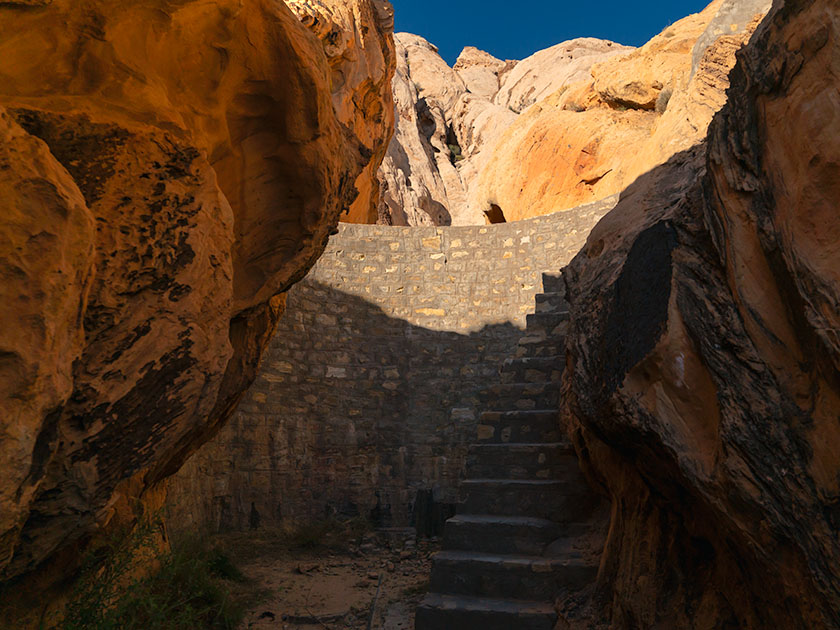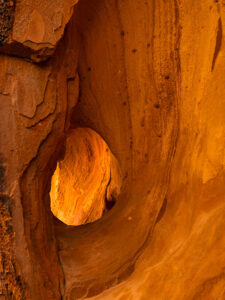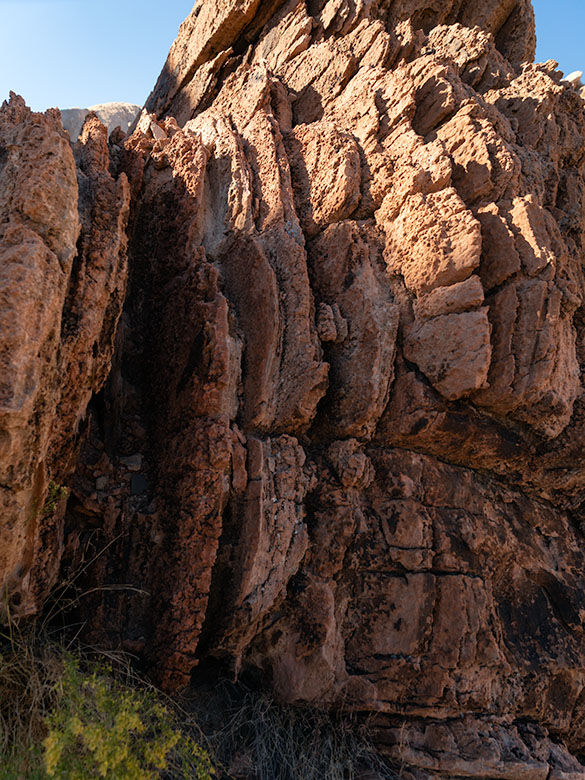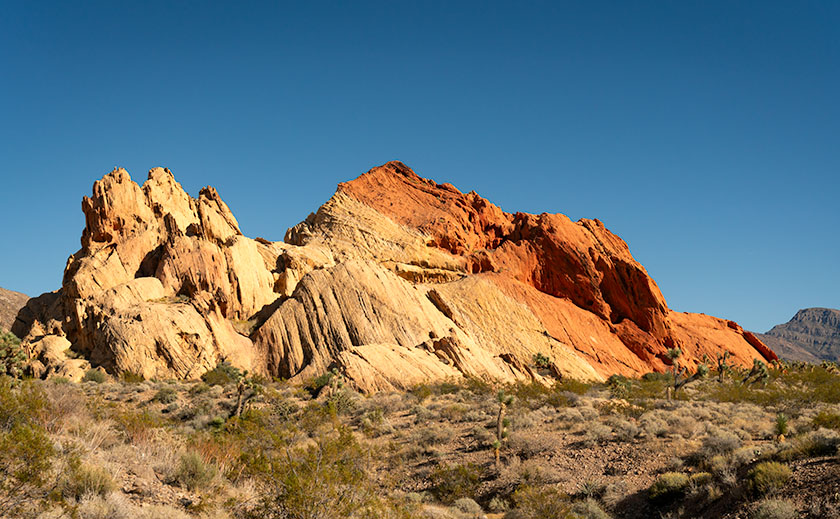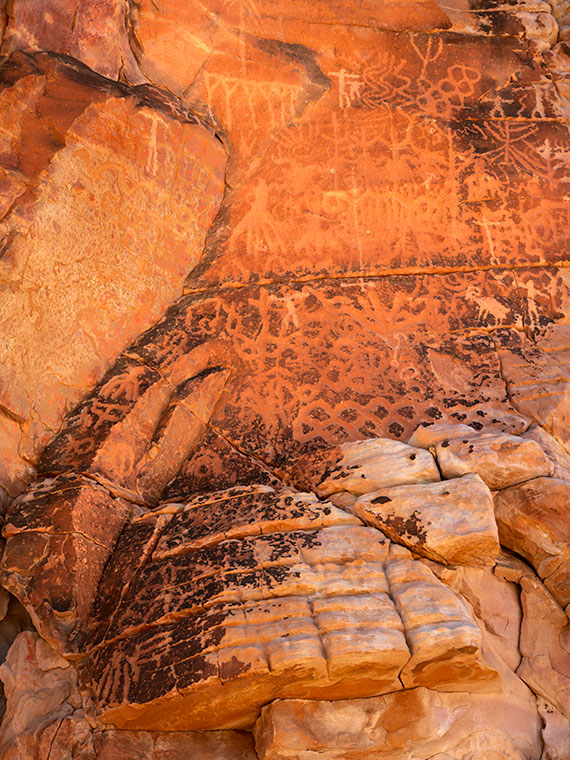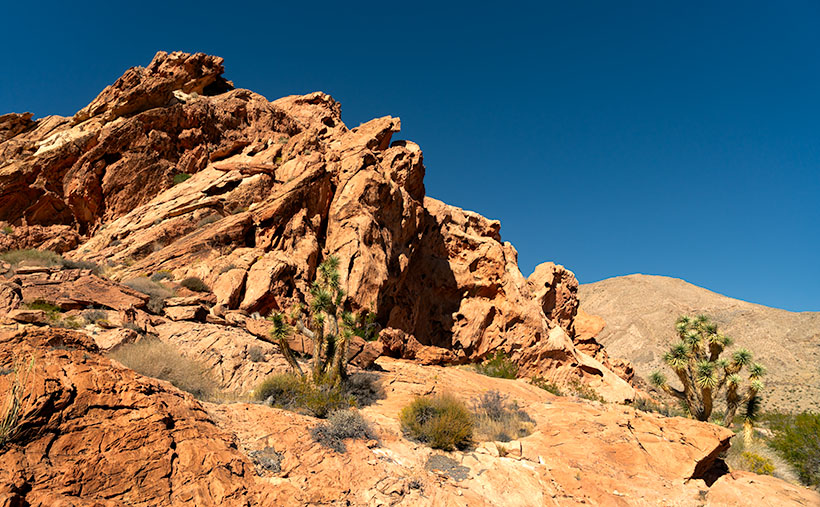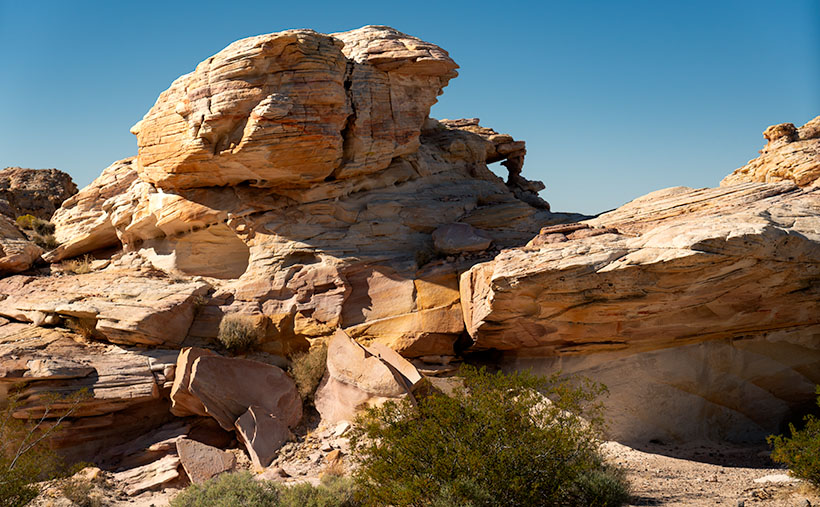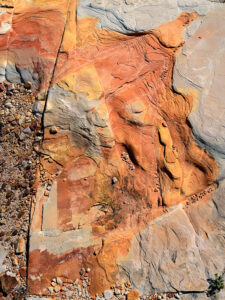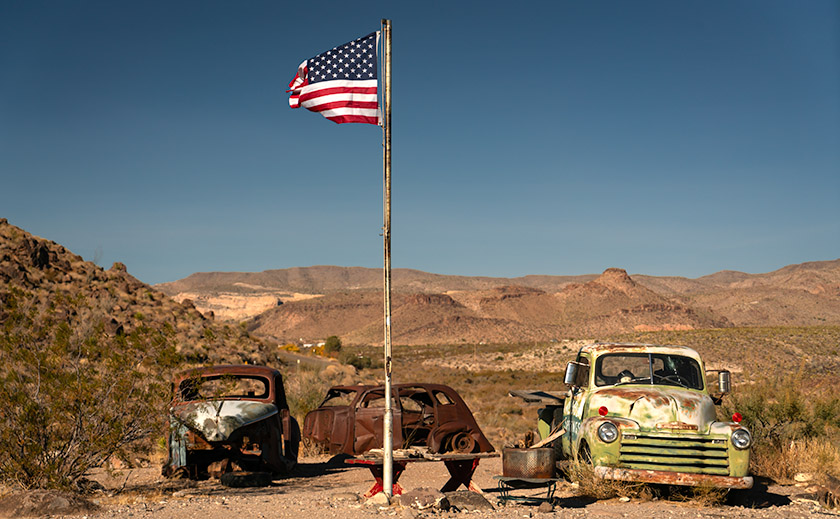
The things you do for love. We don’t often get company, but when we do, Queen Anne transforms into a machine as she attempts to disinfect the house from top to bottom. My best chance of staying out of the trash bin or sucked into one of her vacuums is to lock myself in my office. That’s what happened the first week of December. Anne’s sisters came out for a long weekend visit, meaning that she spent the entire month of November scrubbing the walls. She only put down her Comet can for our traditional Thanksgiving dinner at Denny’s.
Before leaving to pick them up from the airport, imagine my surprise when she handed me a crisp $20.00 bill and told me, “Find someplace to spend the night.” It was predictable because we haven’t had enough beds for multiple guests since we sold our Casita (don’t remind me). I decided to drive over to the river and lose my newfound wealth on the Craps table. Since I was going in that direction, I thought I could get some Route 66 shots. And there, my friend is the story of how Oatman became January’s photo project.
In Arizona, there are two long stretches of the original Mother Road. The first and longest is the Seligman – Peach Springs – Kingman section. The other runs from Kingman, through Sitgraves Pass, to Oatman, and then the old bridge crossing the Colorado River. Since I have very few photos of Oatman, I took this route on my way home from Laughlin. I’m glad I did.
The only other time I drove this section of Old Route 66 was during the pandemic. At the time, we were avoiding people, so we didn’t stop to shoot any roadside attractions. However, the Cool Springs Station burned a hole in my lens, so it was a required stop on this trip.
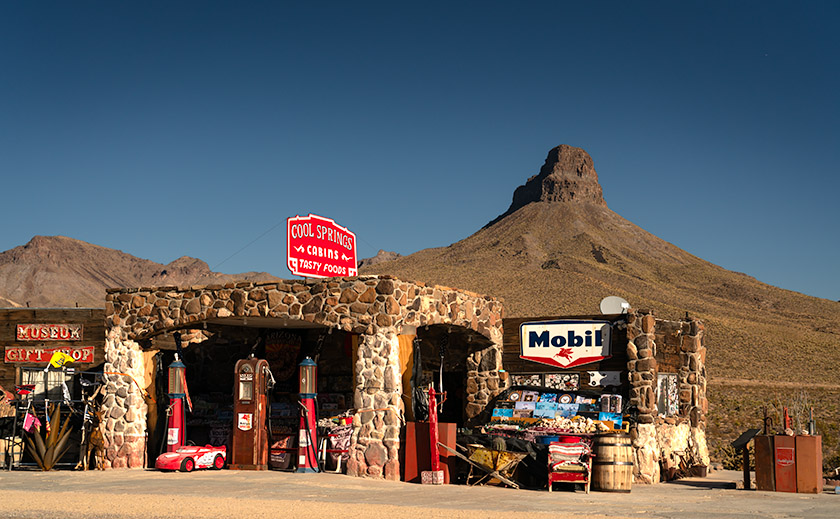
You’ve likely seen pictures of this place in books or videos about Route 66. With its classic shiny red Mobil gas pumps (there’s a rusty one, too), it’s a perfect backdrop for motorheads to snap a portrait of their car. It hasn’t always been this gleaming jewel on the Mohave Desert floor. It has a history.
Nestled against the rugged backdrop of the Black Mountains, Cool Springs Station has stood as a silent witness to the ebb and flow of Route 66’s storied past. Established in the mid-1920s, Cool Springs was built to serve the burgeoning car culture of America, providing fuel, refreshments, and a welcome respite to weary travelers making their way through the Sitgreaves Pass. Its distinctive stone façade and gleaming gas pumps quickly became a symbol of the optimism and adventure spirit embodied by the Mother Road.
However, the passage of time and the shifting sands of progress were not always kind to Cool Springs. In the late 1960s, as the new interstate system redirected traffic away from Route 66, the station saw a decline, eventually falling into disrepair and was nearly forgotten. It wasn’t until 2001 that Ned Leuchtner, a Route 66 enthusiast, recognized the cultural and historical importance of Cool Springs. He undertook the painstaking task of reconstructing the station, using vintage photos as his guide to ensure authenticity. Today, the station has been restored to its former glory, complete with those classic red Mobil gas pumps and the original stone masonry, standing as a tribute to the enduring legacy of Route 66.
My picture of the month isn’t of the station but the yard art off to the side. The image is a trio of old car shells clustered under an American flag, with the Black Mountains as a background. Although these vehicles are historic, if they had any value, some collectors would have snatched them long ago.
The flapping flag is what made me choose this week’s photo. I shot this midday with lighting that blends the cars and mountains into a bland porridge. The flag becomes the image’s star. It’s almost like the flags that fly over our national cemeteries. The picture says, “These are the fallen heroes of the long Route 66 history.”
We’re tickled that you started this year by spending time with us. If you want to see a larger version of this month’s photo, they are online on my website < Jim’s Page> and Fine Art America <FAA Link>. If you want to buy the Chevy Truck, you can contact Uncle Jim’s Cherry, One Owner, Used Car Emporium by leaving a comment below.
We look forward to your comments, so don’t be bashful. We’ll return with more Oatman and Route 66 photos next week, so don’t touch that dial.
Till then, keep your spirits high and your humor dry.
jw
Techniques: Waiting for the decisive moment.
You might think snapping a flag is a breeze, but let me tell you, it’s more like herding cats on a windy day. I aimed for a balance—not too limp and not overly taut—to convey a sense of movement and life. This required patience and timing, like capturing the peak moment in sports photography. With the wind’s whims as my conductor, I played a game of red and green light, waiting for Mother Nature’s perfect cue—talk about being at the mercy of the elements. In retrospect, a tripod would have saved me from the armache of holding steady through the breezes.
For the technically curious, this was a dance of light and speed. I shot in Aperture Priority mode with an f-stop of 6.1, relying on the bright midday sun to provide a fast enough shutter speed. My main concern was keeping the truck headlights and the flag’s stars and stripes in sharp focus. Choosing the correct f-stop or waiting for the wind is like deciding on the right spice for a stew or the right socks for sandals—not always obvious, but oh-so-important!

